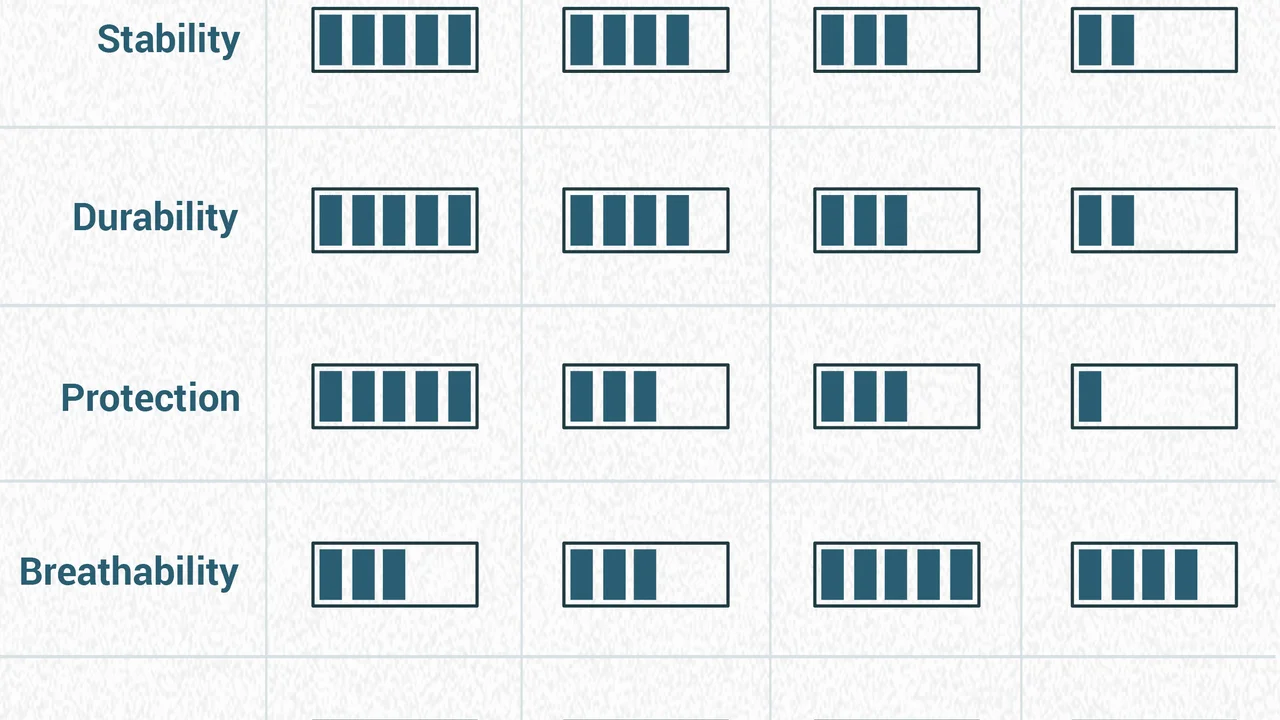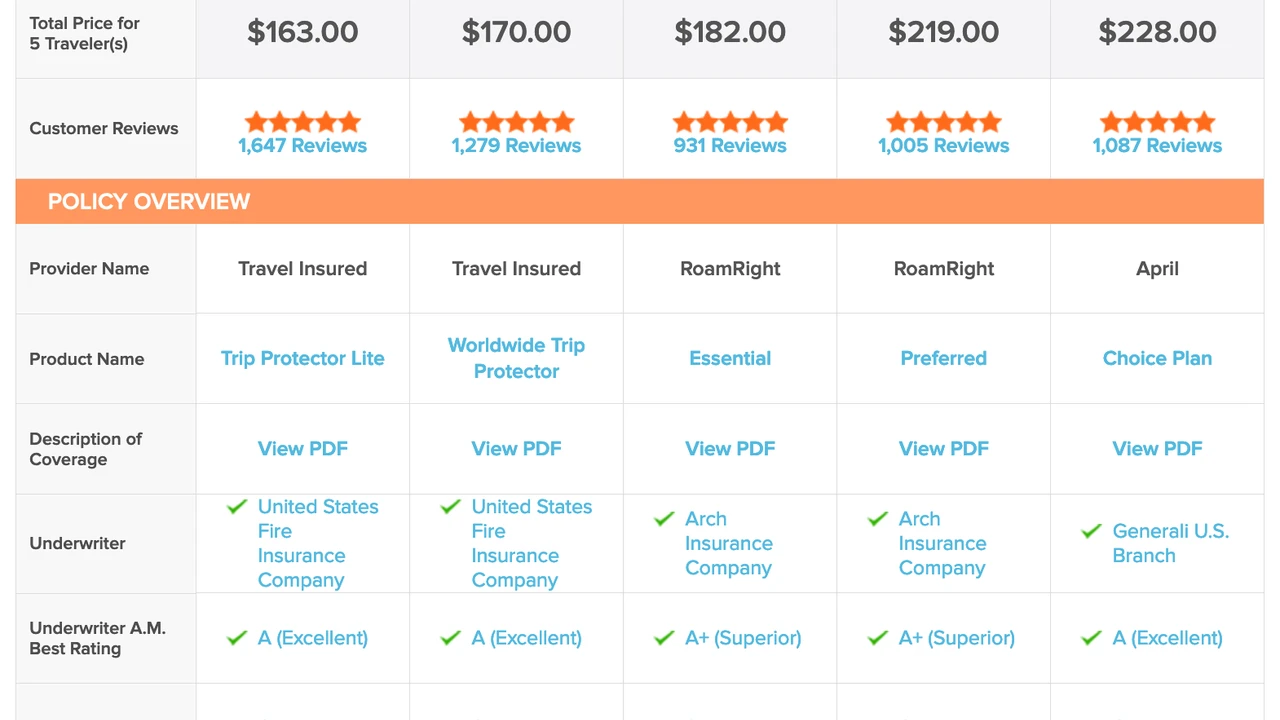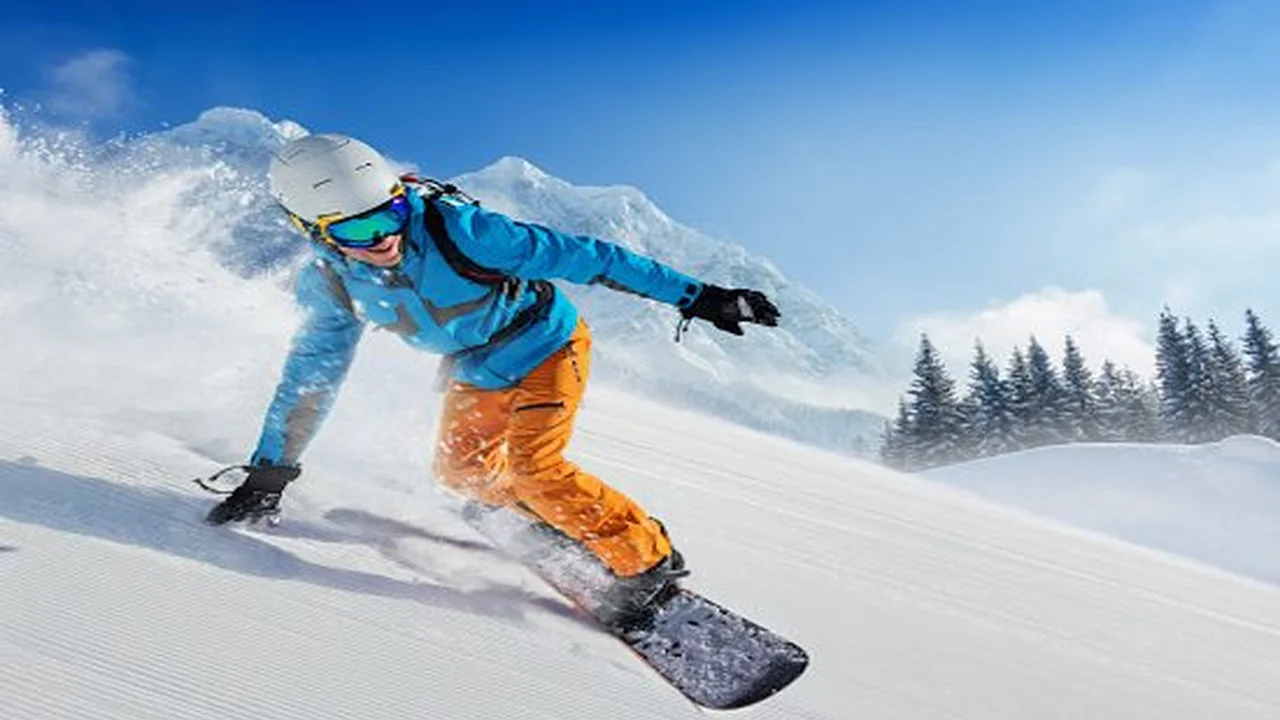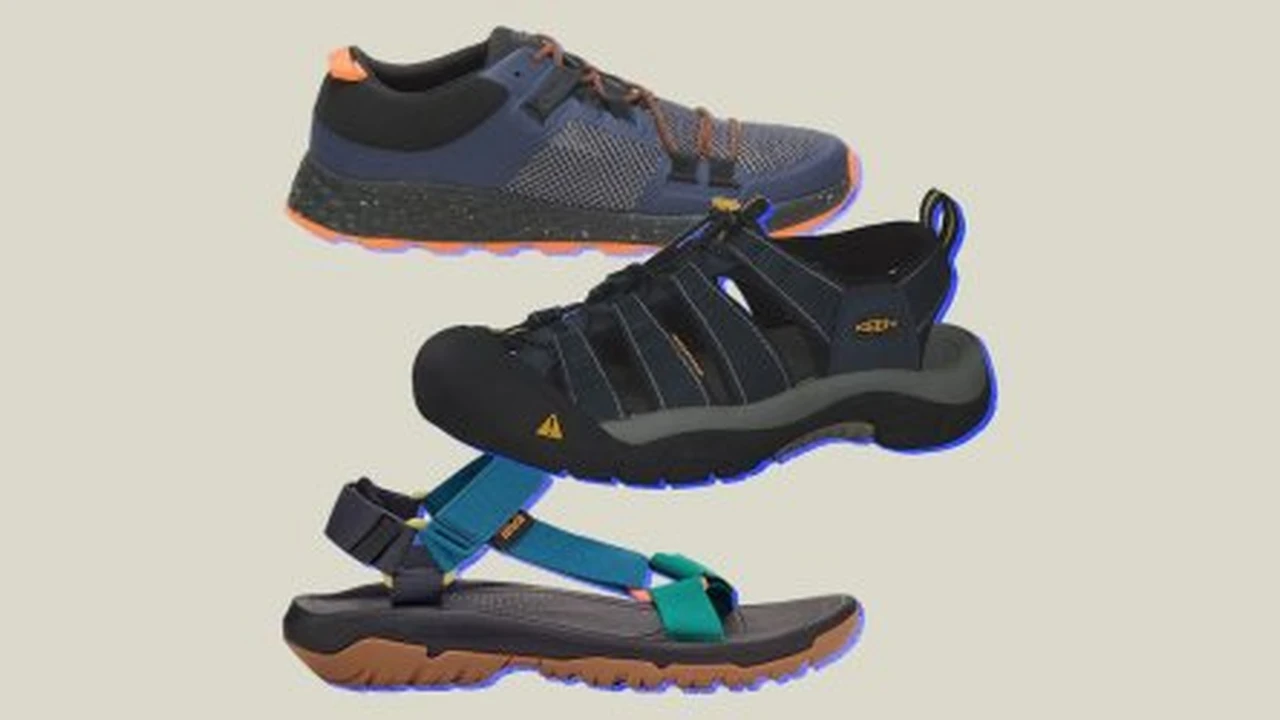Comparing the Best Hiking Boots for Rough Terrain
A detailed comparison of the best hiking boots for rough terrain. Learn about grip, support, and comfort for challenging trails.

Comparing the Best Hiking Boots for Rough Terrain
Hey there, fellow adventurers! If you're anything like me, you know that the right pair of hiking boots can make or break your outdoor experience, especially when you're tackling rough, unforgiving terrain. We're talking about rocky ascents, slippery descents, muddy trails, and everything in between. Your feet are your foundation, and protecting them with the best possible gear isn't just about comfort; it's about safety and performance. So, let's dive deep into what makes a hiking boot truly excel on rough terrain and compare some of the top contenders on the market right now.
Understanding Rough Terrain Hiking Boot Essentials
Before we get into specific models, let's break down the key features you absolutely need in a hiking boot designed for rough terrain. This isn't your casual stroll in the park; this is serious business, and your boots need to be up to the challenge.
Superior Ankle Support and Stability for Uneven Trails
When you're navigating a trail littered with roots, rocks, and unpredictable surfaces, ankle support is paramount. High-cut boots are generally preferred here because they wrap around your ankle, providing crucial stability and reducing the risk of sprains. Look for boots with a stiff collar and a well-designed lacing system that allows you to cinch them down securely. This isn't just about preventing rolls; it's about giving you confidence with every step on an unstable surface.
Aggressive Outsole Grip and Traction for Slippery Conditions
The outsole is where the rubber meets the trail, literally. For rough terrain, you need an aggressive lug pattern that can bite into loose dirt, mud, and even wet rocks. Deeper, multi-directional lugs are key. Vibram is a widely recognized and trusted brand for outsoles, known for its durability and excellent grip. But don't just look for the brand; examine the lug design itself. Are they spaced out enough to shed mud? Are there different patterns for braking and propulsion?
Durable Construction and Materials for Longevity
Rough terrain is, well, rough on gear. Your boots will take a beating. Full-grain leather, synthetic materials like Cordura, or a combination of both, are common. Full-grain leather offers excellent durability and molds to your foot over time, but it can be heavier and require more break-in. Synthetics are often lighter and quicker to dry. Regardless of the material, look for reinforced toe caps and heel counters to protect against impacts from rocks and debris. Double stitching and robust hardware for laces are also indicators of quality construction.
Waterproofing and Breathability for All Weather Adventures
Unless you're hiking exclusively in arid deserts, waterproofing is a non-negotiable. Gore-Tex is the industry standard, offering a breathable waterproof membrane that keeps water out while allowing sweat vapor to escape. Other proprietary membranes exist, but Gore-Tex has a proven track record. However, remember that even the best waterproof boots can get wet if water comes over the top, so consider gaiters for truly wet conditions. Breathability is also important to prevent your feet from getting sweaty and uncomfortable, which can lead to blisters.
Comfort and Fit for Long Distance Hiking
Even the most technically advanced boot is useless if it's not comfortable. Fit is highly personal, but some general rules apply. Your toes shouldn't touch the front of the boot when walking downhill, and your heel should feel secure with minimal slippage. Arch support is crucial, and many hikers opt for aftermarket insoles to customize the fit. Try boots on with the type of socks you'll be wearing, and ideally, walk around in them for a bit. Don't rush this process; a good fit prevents blisters and fatigue.
Top Hiking Boots for Rough Terrain: Our Picks and Comparisons
Alright, let's get to the good stuff! Based on extensive testing, user reviews, and a deep understanding of what's needed for challenging trails, here are some of the best hiking boots currently available, along with their specific strengths, ideal use cases, and approximate pricing.
Salomon Quest 4D 3 GTX: The All-Rounder for Backpacking
The Salomon Quest 4D 3 GTX has been a long-standing favorite among serious hikers and backpackers, and for good reason. It strikes an excellent balance between support, comfort, and protection, making it incredibly versatile for a wide range of rough terrains.
Key Features and Performance on Challenging Trails
- Advanced Chassis: This is Salomon's secret sauce. The 4D Advanced Chassis provides exceptional stability and foot control, reducing fatigue on long hauls with heavy packs. It's like having a built-in support system that guides your foot through uneven terrain.
- Gore-Tex Performance Comfort: Keeps your feet dry in wet conditions while allowing for decent breathability. You can confidently splash through puddles or navigate muddy sections.
- Contagrip TD Outsole: Salomon's proprietary Contagrip outsole features deep, multi-directional lugs that offer superb traction on loose dirt, mud, and rocky surfaces. It's designed for maximum grip and durability.
- Protective Toe Cap and Mud Guard: These features add an extra layer of protection against rocks and debris, extending the life of the boot and keeping your toes safe.
- Weight: Approximately 1 lb 7.5 oz per boot (men's size 9). It's not the lightest, but the support it offers justifies the weight for multi-day trips.
Ideal Use Cases and User Experience
The Quest 4D 3 GTX is perfect for multi-day backpacking trips, thru-hiking, and any adventure where you're carrying a significant load over varied and challenging terrain. Users consistently praise its out-of-the-box comfort and minimal break-in period. It feels more like a supportive trail runner than a clunky traditional hiking boot, offering a good balance of flexibility and stiffness. While it excels in stability, some users with very wide feet might find the fit a bit snug, so trying them on is crucial.
Approximate Price and Value
The Salomon Quest 4D 3 GTX typically retails for around $230 - $250 USD. Given its durability, performance, and comfort, it offers excellent value for serious hikers looking for a reliable workhorse boot that will last for many seasons.
La Sportiva Trango Tech GTX: The Lightweight Mountaineering Hybrid
If your rough terrain involves more technical scrambling, light mountaineering, or fast-and-light alpine ascents, the La Sportiva Trango Tech GTX is a fantastic option. It blurs the line between a hiking boot and a light mountaineering boot, offering impressive performance in a surprisingly lightweight package.
Key Features and Performance on Technical Terrain
- Thermo-plastic Urethane (TPU) Inserts: These provide excellent stiffness and support for edging on rocky terrain and even light crampon compatibility (semi-automatic).
- Gore-Tex Performance Comfort Lining: Ensures waterproofness and breathability, essential for variable alpine conditions.
- Vibram Cube Outsole: This outsole is designed for maximum grip on rock and mixed terrain, with a climbing zone at the toe for precision. The lugs are aggressive but also provide good surface contact for smearing.
- Lightweight Construction: Weighing in at around 1 lb 4 oz per boot (men's size 9), it's remarkably light for the level of support and protection it offers. This reduces fatigue on long, technical days.
- Integrated Gaiter Attachment: A small but useful feature for keeping debris out in snowy or scree-filled environments.
Ideal Use Cases and User Experience
The Trango Tech GTX is ideal for experienced hikers and climbers tackling technical approaches, via ferratas, glacier travel, and light mountaineering. It's not a traditional backpacking boot for everyone, as its stiffness might be overkill for purely dirt trails. However, for those who frequently encounter rocky scrambles, snowfields, or need occasional crampon use, it's a game-changer. Users love its precision and how it allows them to move quickly and confidently over challenging ground. The break-in period is minimal due to its synthetic construction.
Approximate Price and Value
The La Sportiva Trango Tech GTX typically costs around $270 - $300 USD. While on the higher end, its specialized performance for technical rough terrain and its versatility as a light mountaineering boot make it a worthwhile investment for the right user. It's a niche product, but it excels in that niche.
Hoka One One Kaha 2 GTX: The Cushioned Comfort King for Long Miles
Hoka is renowned for its maximalist cushioning, and the Kaha 2 GTX brings that philosophy to the hiking world. If your rough terrain involves incredibly long distances, or if you have sensitive feet and prioritize cushioning above all else, this boot might be your new best friend.
Key Features and Performance on Varied Terrain
- Hubble Heel and SwallowTail Geometry: These unique Hoka design elements provide an incredibly smooth and stable ride, absorbing impact and promoting a natural stride, even on uneven ground.
- Vibram Megagrip Outsole with Traction Lugs: Despite the focus on cushioning, the Kaha 2 doesn't skimp on grip. The Megagrip outsole with 5mm lugs offers excellent traction on wet and dry surfaces, including loose dirt and rocks.
- Gore-Tex Fabric with Recycled Textiles: Provides reliable waterproofing while incorporating sustainable materials.
- Extended Heel Brake: Aids in downhill braking, providing more control on steep descents.
- Weight: Approximately 1 lb 3 oz per boot (men's size 9). It's surprisingly light for its bulky appearance and cushioning.
Ideal Use Cases and User Experience
The Hoka Kaha 2 GTX is ideal for long-distance hikers, thru-hikers, and anyone who suffers from foot fatigue or joint pain on traditional hiking boots. It's also great for those who prefer a more cushioned feel, even on rough trails. While it offers good stability, it's not as stiff or supportive as the Salomon Quest or La Sportiva Trango for extremely technical, rocky terrain where precise foot placement is critical. However, for covering big miles over varied but not overly technical rough ground, its comfort is unmatched. Users often describe it as feeling like a running shoe with the protection of a boot.
Approximate Price and Value
The Hoka One One Kaha 2 GTX typically retails for around $240 - $260 USD. For hikers prioritizing cushioning and comfort on long, demanding trails, the value is high. It's a specialized boot, but for its target audience, it delivers exceptional comfort and performance.
Merrell Moab 3 Mid Waterproof: The Budget-Friendly Workhorse
The Merrell Moab series has been a staple in the hiking world for years, known for its out-of-the-box comfort and reasonable price point. The Moab 3 Mid Waterproof continues this tradition, offering solid performance for rough terrain without breaking the bank.
Key Features and Performance on Diverse Trails
- Vibram TC5+ Outsole: Provides reliable grip on a variety of surfaces, from dry dirt to wet rocks. The lug pattern is versatile enough for most trail conditions.
- Merrell Select DRY Waterproof Membrane: Merrell's proprietary waterproofing keeps your feet dry in wet conditions. While not Gore-Tex, it performs admirably for most users.
- Kinetic Fit Advanced Insole: Offers contoured support and cushioning, enhancing overall comfort.
- Suede Leather and Mesh Upper: A combination that provides a good balance of durability, breathability, and flexibility.
- Weight: Approximately 1 lb 1 oz per boot (men's size 9). It's one of the lighter options in its class.
Ideal Use Cases and User Experience
The Merrell Moab 3 Mid Waterproof is an excellent choice for day hikers and weekend backpackers who encounter moderately rough terrain. It's known for its immediate comfort and minimal break-in, making it a great option for those who want to hit the trails right away. While it offers good support, it's not as stiff or robust as the Salomon Quest for heavy loads or extremely technical, rocky terrain. However, for the vast majority of rough trails, it's more than capable. It's a fantastic entry-level to mid-range option that delivers consistent performance.
Approximate Price and Value
The Merrell Moab 3 Mid Waterproof typically retails for around $140 - $160 USD. This makes it one of the most affordable quality hiking boots for rough terrain. Its comfort and reliable performance at this price point offer exceptional value, especially for those on a budget or newer to serious hiking.
Scarpa Rush TRK GTX: The Agile and Protective Option
Scarpa is a brand with a strong heritage in mountaineering and climbing, and the Rush TRK GTX brings that expertise to a more agile hiking boot. It's designed for fast-paced hiking on technical and rough trails, offering a blend of protection and responsiveness.
Key Features and Performance on Dynamic Terrain
- PRESA Outsole: Scarpa's proprietary PRESA outsole features a high-performance rubber compound and aggressive lugs designed for excellent grip on varied terrain, including wet and rocky surfaces.
- Gore-Tex Extended Comfort Lining: Provides reliable waterproofing with enhanced breathability, ideal for active use in changing conditions.
- Dynamic Stabilizer Torsion (DST) Frame: This innovative frame provides excellent rearfoot stability and torsion control, crucial for navigating uneven ground quickly and confidently.
- Protective Rand: A full rubber rand around the base of the boot adds significant durability and protection against abrasion from rocks and scree.
- Weight: Approximately 1 lb 3 oz per boot (men's size 9). It's a good balance of protection and agility.
Ideal Use Cases and User Experience
The Scarpa Rush TRK GTX is perfect for hikers who move quickly over technical and rough trails, including those with scrambling sections or light off-trail excursions. It offers a more precise and agile feel than some traditional heavy-duty boots, while still providing ample protection and support. Users appreciate its secure fit, excellent grip, and the confidence it inspires on challenging terrain. It might require a bit more break-in than the Merrell Moab, but it's generally comfortable out of the box for most foot shapes. It's a great choice for those who want a boot that feels nimble but can still handle serious abuse.
Approximate Price and Value
The Scarpa Rush TRK GTX typically retails for around $200 - $220 USD. For its blend of agility, protection, and Scarpa's renowned build quality, it offers strong value for hikers who demand performance on technical and rough trails.
Choosing Your Perfect Pair of Rough Terrain Hiking Boots
So, how do you pick the right boot from these excellent options? It really comes down to your specific needs, the type of terrain you'll be tackling most often, and your personal preferences.
Consider Your Primary Activity and Load
Are you primarily a day hiker carrying a light pack? The Merrell Moab or Scarpa Rush TRK might be perfect. Are you a multi-day backpacker with a heavy load? The Salomon Quest 4D 3 GTX offers the stability you need. Do you venture into technical alpine terrain or need crampon compatibility? The La Sportiva Trango Tech GTX is your go-to. For ultra-long distances where cushioning is king, the Hoka Kaha 2 GTX shines.
Prioritize Fit and Comfort Above All Else
I can't stress this enough: try them on! Go to a reputable outdoor store, ideally one with an incline ramp. Wear your typical hiking socks. Walk around, go up and down the ramp. Pay attention to any pressure points, heel slippage, or toe banging. A boot that feels great in the store will likely feel great on the trail. Don't buy a boot just because it's highly rated if it doesn't fit your foot shape.
Think About Durability vs. Weight
Generally, more durable boots tend to be heavier. If you're doing short, fast hikes, you might prioritize a lighter boot. If you're planning a thru-hike or frequently encounter abrasive terrain, investing in a more robust, albeit heavier, boot will pay off in the long run. There's always a trade-off, so consider what's most important for your adventures.
Don't Forget About Maintenance
Even the best boots need some love. Regularly clean off mud and dirt, especially from the outsole. If they're leather, condition them periodically. If they're synthetic, a DWR (Durable Water Repellent) spray can help maintain their water repellency over time. Proper care will significantly extend the life of your boots, protecting your investment.
Ultimately, the best hiking boot for rough terrain is the one that fits you perfectly, provides the right level of support and protection for your adventures, and gives you the confidence to tackle any trail. Happy hiking!
:max_bytes(150000):strip_icc()/277019-baked-pork-chops-with-cream-of-mushroom-soup-DDMFS-beauty-4x3-BG-7505-5762b731cf30447d9cbbbbbf387beafa.jpg)






